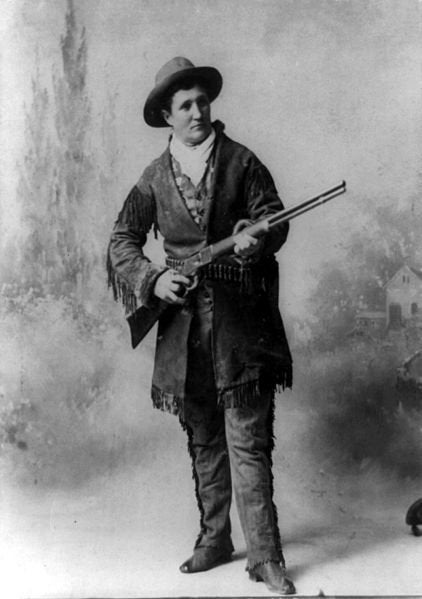Fairy tales, gripping, magical and inspiring, are master narratives. Children subconsciously recall their messages as they grow older, and are forced to cope with real injustices and contradictions in their lives. Some fairy tales are based on legends that incorporated a spiritual belief of the culture in which they originated, and were meant to emulate truth.
Numerous fairy tales, and the legends behind them, are actually watered-down versions of uncomfortable historical events. These darker stories might be too terrifying for today's little lambkins, as well as some adults! Their horrific origins, which often involve rape, incest, torture, cannibalism and other hideous occurrences, are brimming with sophisticated and brutal morality. Their images cannot be dispelled easily and their lessons are more powerful than the present-day, innocuous fables they resemble.
In the early 1800's Jacob and Wilhelm Grimm collected stories that depicted the unpredictable and often unforgiving life experienced by central Europeans. These brothers, determined to preserve the Germanic oral story telling that was vanishing, poured over the folklore of the region. Their first collection of stories was based on actual, gruesome events. However, they had to provide lighter interpretations of these factual incidents in order to sell books. Consequently they paid attention to previously printed fairytales, particularly those of Charles Perrault. As early as the 17th century, this Frenchman who is thought to be the father of fairy tales, created some of the most imaginative and delightful stories ever told. His confabulations of a pumpkin carriage and Fairy Godmother in Cinderella, for example, are magnificently enchanting. His original Cinderella, based on a true story, contains violent elements as well, since the wicked stepsisters butcher their own feet while trying to get into the slipper that the Prince had found.
Perrault's tales, albeit charming, were unsentimental; for they were intended for adults, because no children's literature existed at the time. His suspense story, BLUEBEARD, reads like a crime thriller, with the bloody knives and curious dead wives, his moral, that women should be less nosy, apparent. Perrault based his fairy tale on two accounts of dark depravity in Brittany, France. The earlier of the two accounts dealt with a savage, 6th century ruler. The second detailed the acts of a nobleman, named Gilles de Rais, who tortured, mutilated, raped and murdered hundreds of innocent children. My book explores the life and crimes of this tragic, historic figure.
The almost barbaric episodes that follow are just a smattering of fairy tales, as we know them today, derived from spoken legends which were based on facts. The morals these stories convey are far more important than the events themselves, the circumstances of which are often forgotten. These cautionary tales, where good conquers evil, the wicked get punished, the righteous live happily ever after, offer hope that one can do something positive about changing oneself and the world.
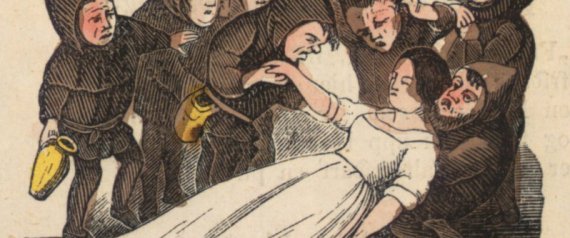
Snow White and the Seven Dwarfs
The fairy tale is based on the tragic life of Margarete von Waldeck, a 16th century Bavarian noblewoman. Margarete grew up in Bad Wildungen, where her brother used small children to work his copper mine. Severely deformed because of the physical labor mining required, they were despairingly referred to as dwarfs. The poison apple is also rooted in fact; an old man would offer tainted fruits to the workers, and other children he believed stole from him.
Margarete's stepmother, despising her, sent the beauty, to the Brussels court to get rid of her. There Prince Philip II of Spain became her steamy lover. His father, the king of Spain, opposing the romance, dispatched Spanish agents to murder Margarete. They surreptitiously poisoned her.
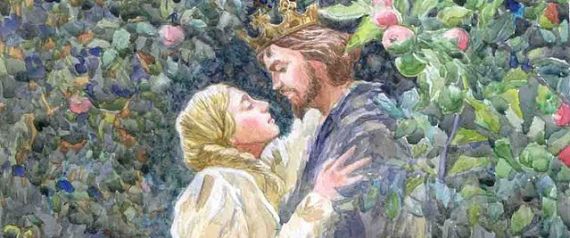
Rapunzel
Rapunzel draws upon an early Christian story. In the third century A.D. a prosperous pagan merchant, living in Asia Minor, so adored his beautiful daughter he forbade her to have suitors. Accordingly he locked her in a tower when he traveled. There is no mention how hair became important, but she converted to Christianity, praying so loudly when the merchant left, her devotions reverberated throughout town. The merchant, informed of her actions, dragged her before the Roman pro-consul who insisted the father behead her or forfeit his fortune if she should refuse to give up her newfound religion. The father decapitated her but was killed by a lightning strike soon after. She became the martyr, Saint Barbara, revered by the Eastern Orthodox Church.
Bluebeard
Perrault wove his story around Conomor the Cursed, the Breton chief who had been forewarned he would be slain by his own son. As soon as one of his wives became pregnant, he murdered her. But Perrault was more fascinated by Gilles de Rais, a wealthy 15th century nobleman, a hero of the Hundred Years' War, Joan of Arc's protector on the battlefield. After he left the military he became a notorious serial killer of children. He was given the nickname, Bluebeard, because his horse's sleek fur looked blue in the daylight. At his shocking trial, he described in detail how he had preyed upon and tortured innocent children. Perrault drew upon these facts to conjure up his own nightmarish character.
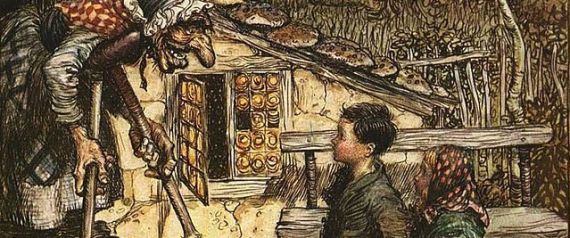
Hansel and Gretel
The tale of Hansel and Gretel could have been told to keep children from wandering off. But during the great famine of 1315-1317 A. D. that crushed most of continental Europe and England, disease, mass death, infanticide and cannibalism increased exponentially. Seeking relief, some desperate parents deserted their children and slaughtered their draft animals.
Or Hansel and Gretel might have stumbled upon the home of the successful baker, Katharina Schraderin. In the 1600s, she concocted such a scrumptious ginger bread cookie that a jealous male baker accused her of being a witch. After being driven from town, a posse of angry neighbors hunted her down, brought her back to her home, and burned her to death in her own oven.
Little Jack Horner
This story matches events in the life of Bishop Richard Whiting of Glastonbury and his steward, who was perhaps named Jack Horner. When King Henry VIII broke away from the Catholic Church and dissolved its Monasteries in England, Glastonbury remained the sole religious home in Somerset. Whiting, trying to keep the abbey, bribed the King by offering him twelve Catholic manorial estates. To thwart potential thieves, he hid the deeds to the estates in a pie crust. But the seventy-nine-year-old Bishop, convicted of treason for serving Rome, was drawn, quartered and hung at Glastonbury Tor overlooking the town. His "good" steward absconded with the plum deed to the Manor of Mells, and Horner's descendants lived there until the 20th century.
The Pied Piper of Hamelin
In 1264, a pied piper had offered to get rid of the numerous rats in the Germanic village of Hamelin, as long as the town elders gave him a considerable amount of money upon the completion of this task. After he disposed of the rats, the elders reneged on their promise. Furious, the piper enticed the children of the village to follow him. They never returned.
Some believe the Piper led the innocents to the Mediterranean to join the Children's Crusade leaving for the Holy Land. Presumably children would peacefully convert Moslems to Christianity after the Mediterranean rolled back, allowing their safe passage to Jerusalem. The Sea did not oblige, and many children starved to death waiting for the miracle to occur.
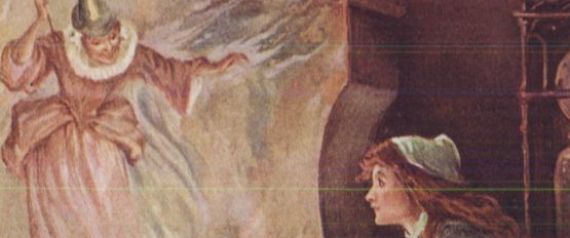
Cinderella
That blond, fair-complexioned, but mistreated beauty in Perrault's tale loosely relates to the history of Rhodopis, a Greek woman, whose name means "rosy-cheeked." When she was a young girl, she was captured in Thrace, sold into slavery around 500 BC, and taken to Egypt.
Her unusual looks made her a treasured commodity, and her master showered her with gifts, including a pair of golden shoes. These shoes and Rhodopis were noticed by the Pharaoh, Ahmose II. He insisted she become one of his wives. While not his principal, revered partner, born of royal blood, she would still perform ceremonial functions and...mainly be readily available to gratify Ahmose sexually. Did her new found status offer her perpetual happiness? Probably not.
Valerie Ogden is the author of Bluebeard: Brave Warrior. Brutal Psychopath.
___________________
Also on The Huffington Post:
